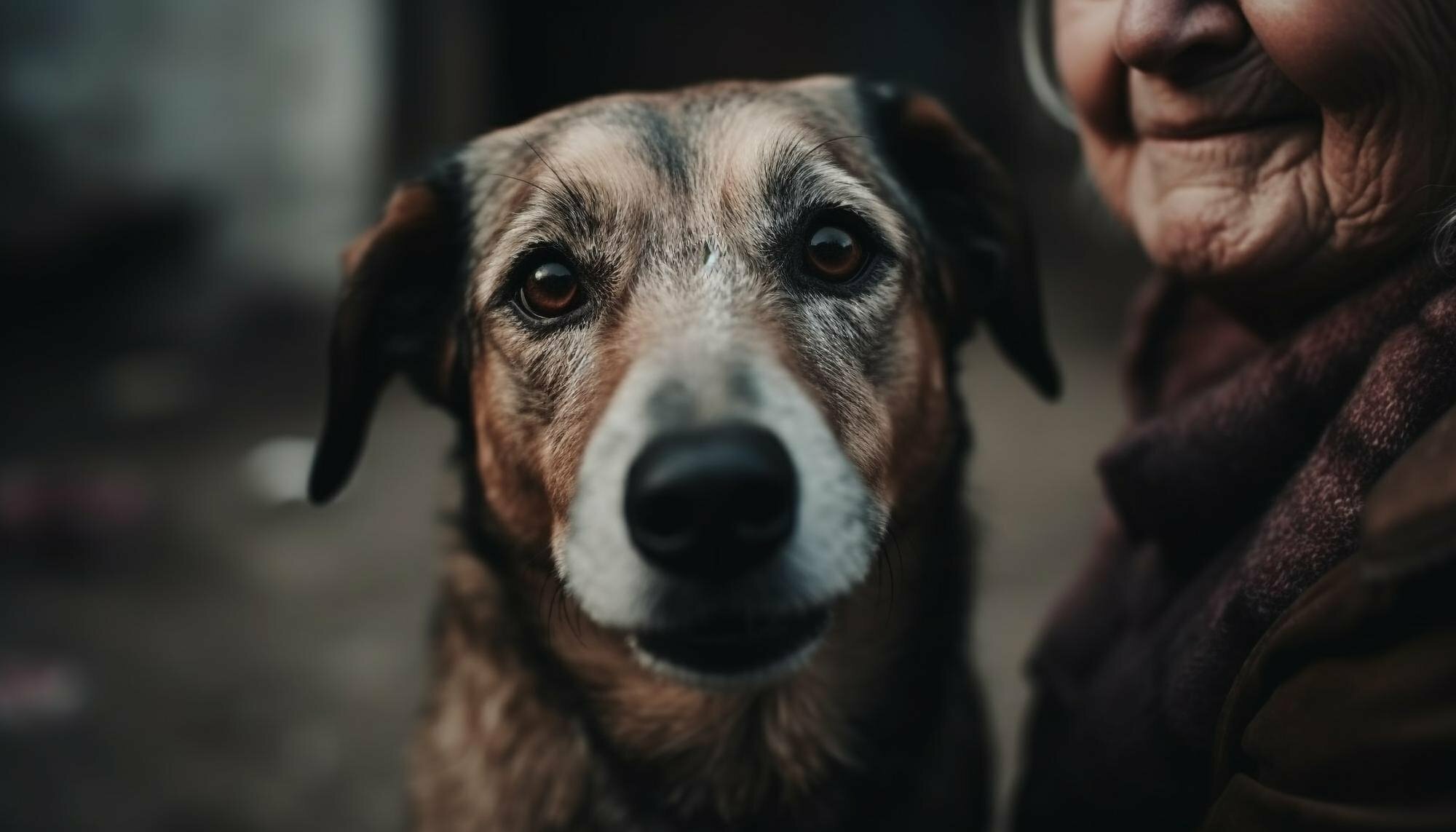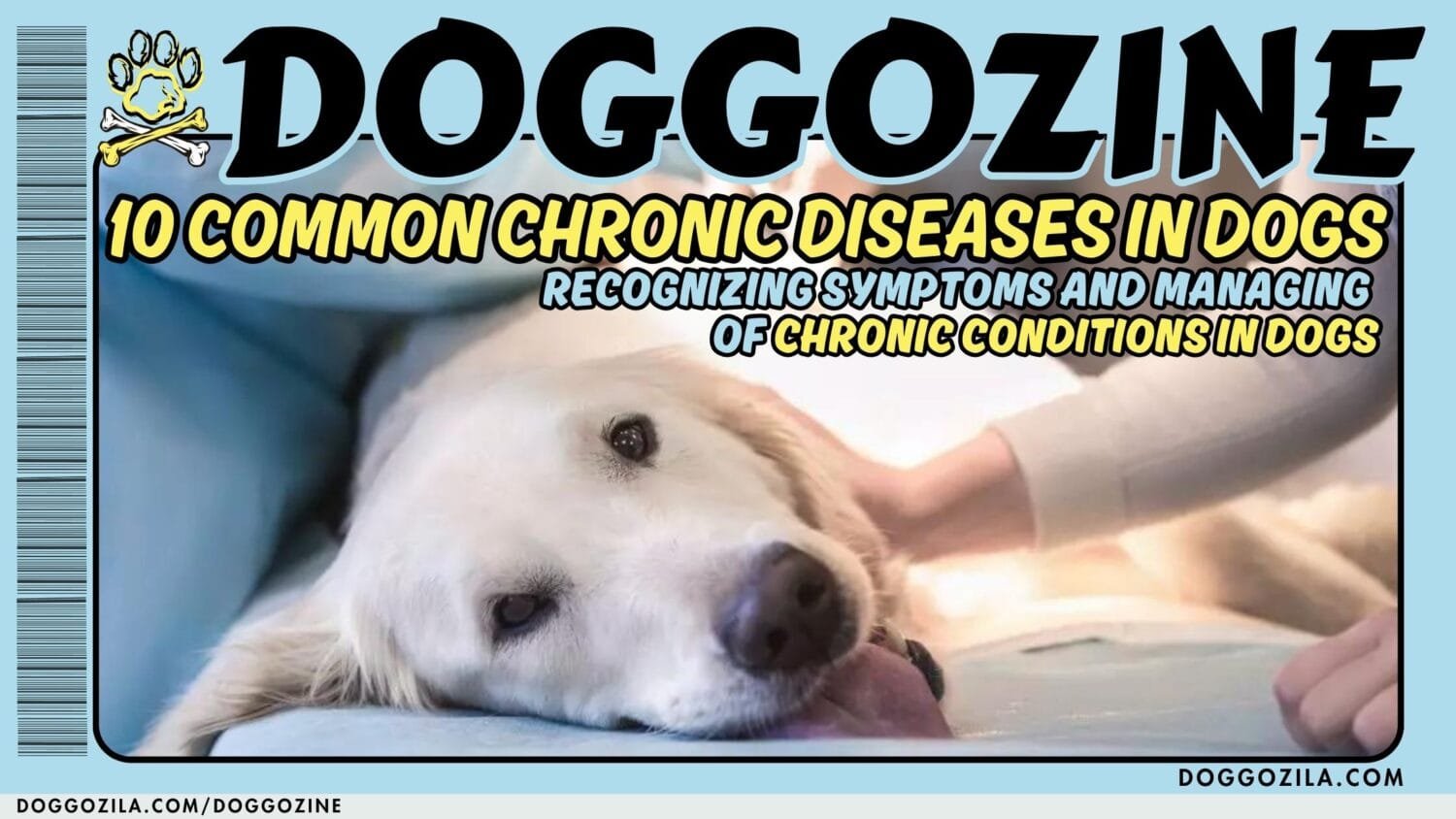Dogs are known for their expressive eyes, and it’s easy to see why some people might think they cry when they’re sad. But do dogs cry tears of sadness? The short answer is no.

DO DOGS CRY?
Dogs do produce tears, but they’re not the same as human tears. Human tears are primarily emotional tears, produced in response to strong emotions like sadness, happiness, or anger. Dog tears, on the other hand, are primarily produced to keep their eyes clean and moist. That said, there are some situations where dogs might produce more tears than usual. For example, dogs who have allergies or eye infections may produce more tears to help flush out irritants. And dogs who are in pain may also produce more tears. So, if you see your dog cry, it’s important to first rule out any medical causes.
Dog Tears Symptoms
If your dog’s tears are accompanied by other symptoms, like redness, swelling, or discharge, it’s best to take them to the vet to get checked out. But if your dog’s tears seem to be coming from nowhere, it’s likely just a sign that they’re trying to keep their eyes clean and comfortable. And if you’re worried about your dog’s emotional well-being, there are other ways to tell if they’re sad, like changes in their behavior or appetite. So, while dogs don’t cry tears of sadness in the same way that humans do, they can still communicate their emotions in other ways. And if you’re ever concerned about your dog’s emotional health, it’s always best to talk to your vet.
How to Keep Your Dog’s Tears Clean and Healthy
If your dog does produce more tears than usual, there are a few things you can do to help keep their eyes clean and healthy:
Wipe away any tears that fall down your dog’s face with a damp cloth. Use a mild eyewash to flush out any dirt or debris from your dog’s eyes. Make sure your dog has plenty of fresh water to drink. Feed your dog a healthy diet that includes fresh fruits and vegetables. Avoid feeding your dog processed foods or foods that contain artificial ingredients. By following these tips, you can help keep your dog’s eyes healthy and free of tears.
The Importance of a Healthy Dog Diet
A healthy dog diet is essential for overall health and well-being. It can help prevent a variety of health problems, including allergies, eye infections, and skin problems. It can also help keep your dog’s energy levels up and their coat looking its best. When choosing a dog food, it’s important to look for a high-quality brand that uses fresh, natural ingredients.
Avoid foods that contain artificial colors, flavors, or preservatives. You should also make sure the food is specifically formulated for your dog’s age, breed, and activity level. If you’re not sure what kind of food is right for your dog, it’s always best to talk to your veterinarian. They can help you choose a food that meets your dog’s individual needs.

CREATING A HEALTHY DOGGOS LIFESTYLE
In addition to a healthy diet, there are other things you can do to help create a healthy doggos lifestyle for your furry friend.
These include:
- Providing plenty of exercise
- Giving your dog regular baths
- Brushing your dog’s teeth
- Taking your dog to the vet for regular checkups
- Socializing your dog with other dogs and people
Do We Need to Clean a Dog’s Tears or Let Them Be?
Dogs offer companionship, loyalty, and endless love. However, with all the joy they bring into our lives, they can also present various challenges, one of which is tear staining.
Those reddish-brown streaks under a dog’s eyes can be concerning, but should you clean them or just let them be? We’ll delve into the world of tear stains, discussing their causes, potential health concerns, and whether you should take action to clean them or not.
Understanding Tear Stains in Dogs
Before we get into the cleaning aspect, it’s essential to understand what tear stains are and why they occur. Tear stains, scientifically known as epiphora, happen when tears overflow from a dog’s eyes and the pigment in their tears, known as porphyrin, reacts with their fur. The result is those unsightly reddish-brown streaks on the fur under the eyes.
Causes of Tear Stains in Dogs
- Breed Predisposition: Some breeds are more prone to tear staining than others. Dogs with short noses, like Pugs and Bulldogs, often have shallow tear ducts, making it easier for tears to spill over.
- Environmental Factors: Allergies, pollution, and irritants in the environment can lead to tear stains. Dogs exposed to these elements may be more susceptible.
- Health Issues: Underlying health problems, such as eye infections or dental issues, can increase tear production and lead to stains.
- Diet and Nutrition: Poor diet and food allergies can also contribute to tear staining in dogs.
Potential Dog Health Concerns
While tear stains are typically not a severe health issue, they can be a sign of underlying problems. Excessive tear production can lead to skin irritation, infections, and discomfort for your furry friend. Furthermore, tear stains might indicate allergies or nutritional deficiencies that need to be addressed.

SHOULD YOU CLEAN DOG TEAR STAINS?
Now that we’ve explored the causes and potential health concerns associated with tear stains, the question remains: should you clean them or leave them alone?
- Regular Cleaning: In most cases, it’s a good idea to clean your dog’s tear stains regularly. Gently wiping the area with a clean, damp cloth can prevent the stains from becoming a breeding ground for bacteria and yeast.
- Use Specialized Products: There are various tear stain removers and wipes available on the market. These products are designed to be gentle on your dog’s skin and effectively remove stains. Always consult your veterinarian before using any new product on your pet.
- Address Underlying Issues: Instead of just focusing on cleaning the stains, try to identify and address the root causes. If your dog’s tear stains are persistent, consult your vet to rule out any underlying health concerns.
- Diet and Nutrition: Ensure your dog is on a balanced diet that suits their specific needs. High-quality pet food that’s free from potential allergens may reduce tear staining.
Natural Dog Tears Remedies
If you prefer a more holistic approach, there are natural remedies that may help reduce tear staining.
These include:
- Dietary Supplements: Omega-3 fatty acids and probiotics can support a healthy tear film, reducing tear staining.
- Herbal Solutions: Some herbs like chamomile or eyebright can be used topically to soothe the eye area.
- Regular Grooming: Keep the fur around your dog’s eyes well-trimmed to minimize contact with tears.
Brief sum up on do dogs cry tears of sadness
Tear stains in dogs can be unsightly, and while they’re often not a severe health issue, they should not be ignored. Regular cleaning and addressing underlying causes can help reduce tear staining and improve your dog’s overall well-being. Always consult with your veterinarian for personalized advice, as they can offer guidance tailored to your dog’s specific needs.
The answer to the question “Should we clean the dog’s tears or let them be?” – cleaning them is often the way to go, but it should be part of a broader approach to your dog’s health and well-being.
In summary, tear stains are a common issue among dogs, and cleaning them is generally recommended to prevent potential health concerns. Understanding the causes and addressing underlying issues are crucial steps to keeping your furry friend happy, healthy, and free from unsightly tear stains. Hopefully this article showed you if dogs cry tears of sadness and how to treat the dog tear stains.
If you want to read this topic from expert perspective follow this link Experts Explain Dog Tears!









